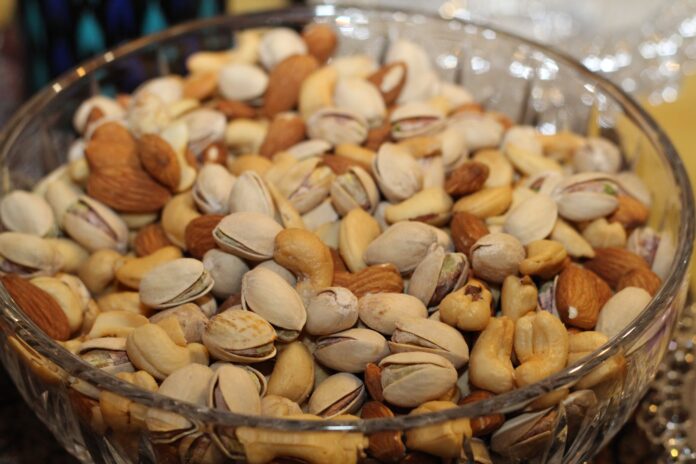The Costly and Complex Journey of Cashew Nuts: Why They’re So Expensive
The Sweet (and Expensive) Truth Behind Cashew Nuts: A Nutty Journey from Tree to Table
Cashew nuts are a popular and delicious snack enjoyed by millions around the world. However, what many people may not realize is that these tasty treats come with a hefty price tag. In fact, cashews are one of the most expensive nuts on the market, with wholesale prices reaching up to seven times that of peanuts. But why exactly are cashews so expensive? The answer lies in their complex and labor-intensive journey from tree to table.
The process of harvesting and processing cashew nuts is not like that of most other nuts. Cashews grow in select tropical climates around the world, including India, Vietnam, Ivory Coast, and Sri Lanka. Each cashew kernel grows inside a toxic shell, which must be carefully extracted and processed to ensure the nut is safe to eat. This process is known as “cracking,” and it requires precision and expertise to avoid any exposure to the dangerous inner shell liquid.
Traditionally, cracking was done manually, but as technology has advanced, more and more factories are now using machines for this step. However, the next crucial stages of processing still require manual labor. Cashews must be roasted to destroy any remaining toxins, and then the outer skin must be removed, a tedious and time-consuming task that requires skill and practice.
The manual labor involved in processing cashews is not only difficult but also comes with a high cost. Workers must be paid fair wages for their work, and factories must invest in proper safety equipment to prevent any accidents. Additionally, the cost of stocking cashews is also high, as farmers like Laharu from Sri Lanka save a portion of their harvest each year to continue making a profit during off-seasons.
The fluctuation in prices throughout the year is also due to the supply chain of cashews. While Sri Lanka consumes a large portion of its own cashew supply, other countries, such as Vietnam and India, export much of what they grow. This leads to differences in the prices paid to farmers and the prices paid by consumers in Western markets. The lack of a robust processing industry in some countries also affects the value of cashews, as they are significantly less valuable when not processed locally.
But it’s not just demand and supply that drive the high cost of cashews. Climate change is also playing a role in the rising prices of these nuts. Unseasonable rains and heavy dew can impact the quality and quantity of cashew nuts, making it harder for farmers to produce a successful harvest. For example, in 2021, Laharu’s harvest was delayed due to the impact of climate change on his trees.
Despite these challenges, the demand for cashews continues to grow due to their versatility and their health benefits. From being used as a snack to being an alternative for milk or butter, cashews have many applications in the food industry. Researchers predict that the cashew market will reach a staggering $7 billion by 2025.
In conclusion, the journey of cashew nuts from tree to table is a costly and complex one that involves many factors that contribute to their high price tag. The labor-intensive cracking process, along with the cost of stocking, packaging, and transportation, all play a role in driving up the prices of these delectable nuts. And with the added challenge of climate change affecting harvests, it’s no wonder why we pay a premium for these little wonders. So next time you reach for that bag of cashews, remember the journey they took to get there and enjoy them even more!












